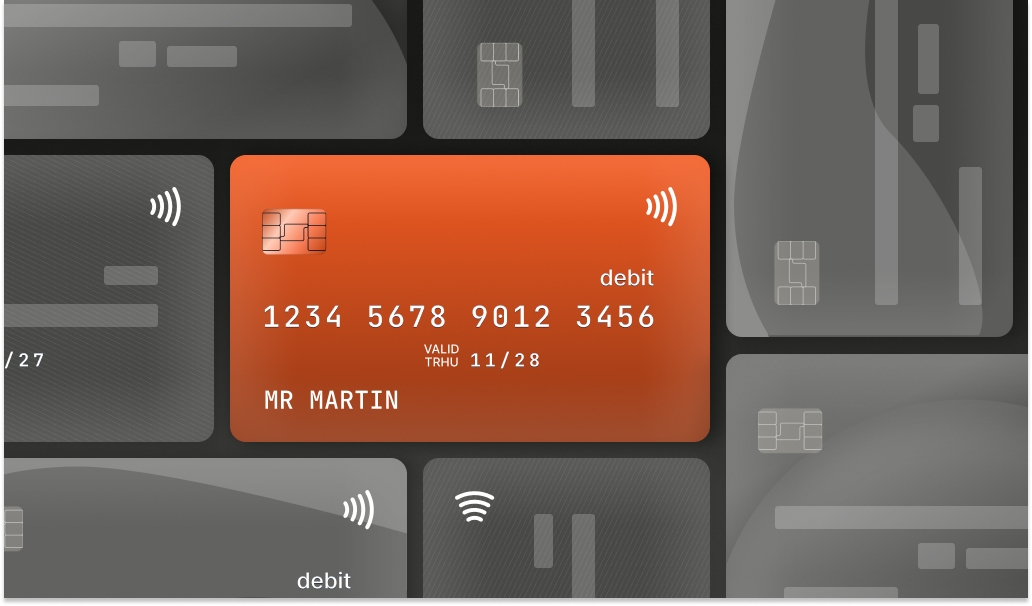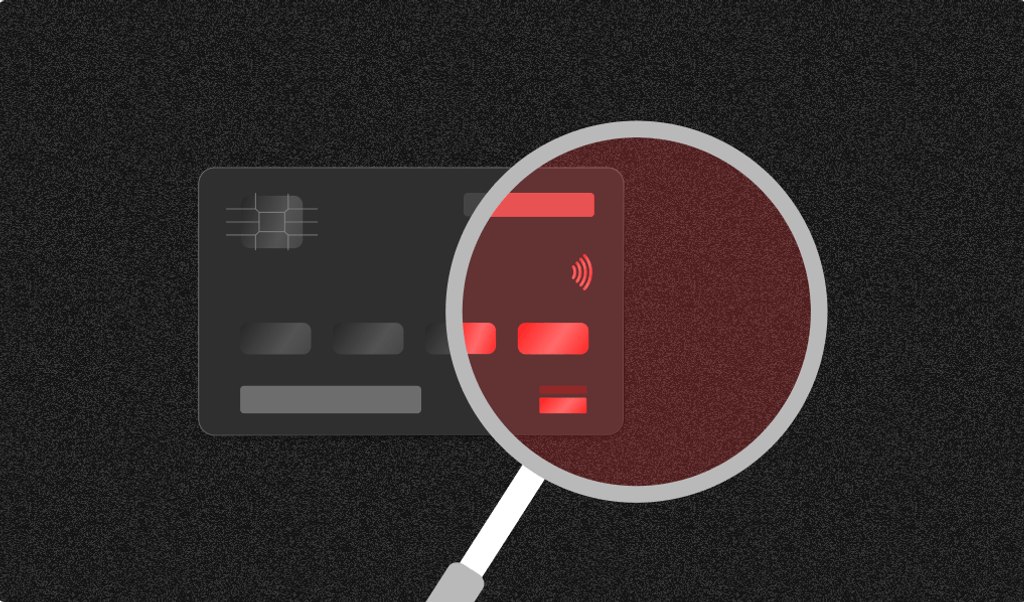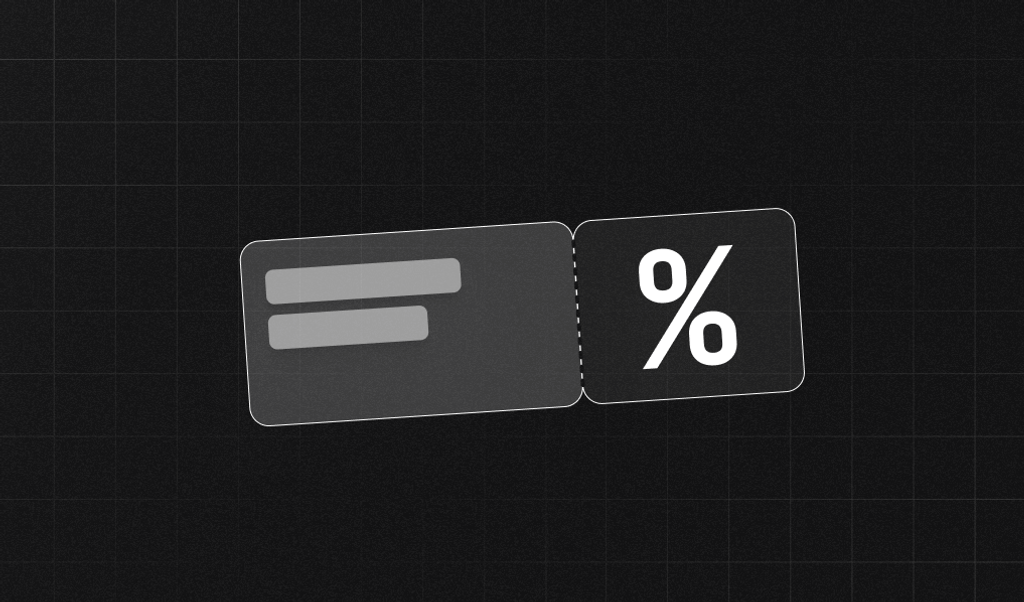
Summarize this article with
Card testing attacks are a headache for anyone handling online payments. If you’re seeing a sudden uptick in tiny, oddball transactions or your chargeback rate is creeping up for no good reason, you might be under attack.
These attacks involve fraudsters using bots and automated tools to validate stolen or generated credit card numbers by submitting fake card authorizations — usually for very small amounts.
Knowing how these attacks work, how persistent they are, and how to build real defenses is essential for anyone protecting payment systems.
If you’re looking to strengthen your defenses against card testing attacks, now is the perfect time to start a free trial or contact our sales team to learn how Fingerprint can protect your business
Why card testing attacks matter for fraud prevention teams
Card testing attacks are a top concern for fraud analysts, developers, and anyone responsible for keeping payment systems secure. While each transaction might only be a few cents, the cumulative effect can be huge: increased payment processing costs, higher chargeback rates, and even penalties from payment processors.
Worse, a successful carding attack often means your checkout flow is being used as a test bed for large-scale fraud. Once a fraudster identifies valid cards, those cards are used for big-ticket fraudulent transactions or sold on underground markets. If your defenses aren’t up to scratch, you’re risking losing money, your merchant status, and customer trust.
What is a card testing attack?
A card testing attack, sometimes called a carding attack or credit card testing fraud, is a scheme where fraudsters use bots to run through lists of stolen or fabricated credit card numbers. The goal isn’t to make a purchase, but to see which cards are “live” and can be used for real transactions later.
Attackers get these card numbers from data breaches, phishing, or card skimming devices. But not every stolen card is active; many are expired or canceled. To sort out the usable cards, fraudsters automate fake card authorizations (usually for tiny amounts) on e-commerce sites or donation forms. Cards that pass this test are then primed for larger, more damaging fraudulent transactions.
How card testing fraud works in practice
Let’s break down a typical card testing attack, because it’s never as simple as a single bot spamming your checkout.
- BIN attacks and card generation: Fraudsters start with a list of card numbers, often targeting specific banks using Bank Identification Number (BIN) ranges. They use the Luhn algorithm to generate numbers that look valid on the surface.
- Credit card testing bots: Automated tools like Selenium or Puppeteer are unleashed to submit fake card authorizations. These bots can fill out forms, handle CAPTCHAs, and even mimic human behavior to avoid basic detection.
- Fake card authorization: The bots attempt small transactions, like $1 or less, so the activity flies under the radar of most risk systems and doesn’t alert cardholders right away.
- Sorting valid cards: Cards that successfully authorize are flagged as “live.” The rest are discarded. The validated cards are then either used for fraudulent transactions or sold on dark web marketplaces.
This process is fast, scalable, and cheap for attackers. You’re left cleaning up chargebacks, paying extra processing fees, and explaining to your payment processor why your fraud rates just spiked.
Warning signs you’re under a card testing attack
Card testing fraud isn’t subtle, but you need to know what to look for. Here are the classic indicators:
Technical and business red flags
- Spikes in low-value transactions: If your payment form suddenly sees a flood of tiny payments, especially in short bursts, something’s off. Legitimate users don’t make dozens of micro-purchases in minutes.
- Elevated decline rates: A surge in declined authorizations, especially for “invalid card” or “insufficient funds,” usually means bots are brute-forcing card numbers.
- Unusual device patterns: Watch for repeated use of the same device or IP address, or a cluster of transactions from regions you don’t normally serve.
- Odd user agent strings: Automated tools often use outdated or generic browser signatures. If your logs fill up with strange user agents, bots might be at work.
- Session anomalies: Sessions that go straight to checkout without browsing or that repeat identical navigation patterns are giveaways that card testing is happening.
Financial impact signals
- Chargeback spikes: Even if the transactions are tiny, legitimate cardholders will eventually notice and dispute them.
- Processing fee increases: Every authorization attempt, successful or failed, costs you money. Card testing attacks can quietly inflate your payment processing costs.
If you spot these patterns, it’s time to act before fraudsters move from testing small amounts to bigger transactions.
How attackers automate card testing at scale
Fraudsters aren’t sitting at their laptops typing in card numbers by hand. Card testing attacks are all about automation and scale.
- Botnets and distributed attacks: Attackers use networks of compromised devices (botnets) to spread out their activity, making it harder to block by IP address alone.
- Rotating IP addresses and residential proxies: By constantly changing IPs and using residential proxy networks, attackers make their requests look like they’re coming from real users in different locations.
- Headless browsers and automation frameworks: Tools like Selenium, Puppeteer, and Playwright let bots interact with your checkout just like a human would, including varied mouse movements and keystrokes.
- Session management tricks: Sophisticated bots mimic real user journeys, browsing product pages before checking out, to blend in with legitimate traffic.
- Bypassing basic defenses: Automated CAPTCHA-solving services and randomized request timing help bots slip past simple anti-bot measures.
These tactics let attackers scale up card testing fraud to thousands of attempts per minute, all while staying one step ahead of basic defenses.
Layered techniques for detecting and stopping card testing fraud
Stopping card testing attacks means thinking beyond the basics. You need multiple, overlapping defenses that catch both the obvious and the sneaky stuff.
Rate limiting and velocity checks
Set dynamic limits on how many payment attempts can come from a single IP, device, or session in a given timeframe. Don’t rely on static thresholds — attackers will just slow down or spread out their bots. Velocity checks that look for unusual transaction bursts or patterns across devices are much more effective.
Device intelligence and persistent identification
Using a device intelligence platform enables you to spot when the same device is making repeated payment attempts, even if it’s using different accounts, IP addresses, clears browser cookies, or is browsing privately.
Fingerprint is a device intelligence platform that uses 100+ signals to assign a unique visitor ID to each browser or device so you can identify every visitor with high accuracy. Fingerprint also provides over 20 Smart Signals to help you identify suspicious behavior in real time, including:
- Bot Detection. Flags automated browsers and credit card testing bots, even if they’re using headless Chrome or browser automation frameworks.
- Browser Tampering Detection: Spots when attackers are using anti-detect browsers or have modified browser settings to avoid identification.
- VPN and Proxy Detection: Identifies when requests are coming from virtual private networks or proxies, a common tactic for hiding attacker origins.
- Velocity Signals: Detects when a single device or visitor ID is associated with a high number of accounts, IP addresses, or geolocations in a short period.
These signals work in the background, so you don’t have to annoy real users with CAPTCHAs or other clunky challenges.
Behavioral analytics
Monitor how users interact with your site. Legitimate customers browse, read, and interact before checking out. Bots usually go straight for the payment form or repeat the same navigation flow. Flagging sessions with abnormal behavior is a simple but powerful way to catch card testing attacks.
Payment-specific controls
- Randomize authorization amounts: Don’t let attackers predict what will succeed and randomize micro-authorization values.
- Limit payment method attempts: Cap the number of different cards or payment methods per device or session.
- Geo-blocking and IP reputation checks: Block or challenge payment attempts from high-risk regions or known bad IP ranges.
Real-time risk scoring
Combine device intelligence, behavioral data, and transaction history into a real-time risk score. High-risk attempts can be challenged, delayed, or blocked outright—while real customers sail through.
Best practices for ongoing card testing attack prevention
Stopping card testing fraud isn’t a one-and-done project. Attackers adapt, so your defenses need to evolve, too. We recommend:
- Continuous monitoring: Set up alerts for spikes in low-value payments, increased declines, or unusual geographic activity.
- Regular testing: Simulate card testing attacks to make sure your defenses still work. Don’t wait for the real thing to find out you have a gap.
- Collaboration with payment processors: Stay in touch with your payment gateway or processor. They often spot attack patterns across multiple merchants and can help you fine-tune your fraud detection.
- Balance security and UX: Don’t punish your real customers with endless friction. Use device intelligence and background signals to keep things smooth for legitimate users.
- Review and refine: Regularly check blocked transactions for false positives and adjust your rules as needed.
Keep card testing fraud off your platform
Card testing attacks are relentless, but you don’t have to be a sitting duck. By layering device intelligence, behavioral analytics, and smart payment controls, you can catch automated carding attacks before they drain your resources or damage your reputation.
If you’re looking to upgrade your fraud stack, integrating a device intelligence solution like Fingerprint can give you the persistent visitor identifier and the signals you need to spot and stop carding attacks — without slowing down your real customers. Curious? You can try it yourself or connect with our team for advice on your specific risk use case.
Ready to protect your business against card testing attacks?
Install our JS agent on your website to uniquely identify the browsers that visit it.



